This is all about Oka Castle Ruins you want to know.
Every information you get on this site will be from a credible source based on Japanese history (books for reference).
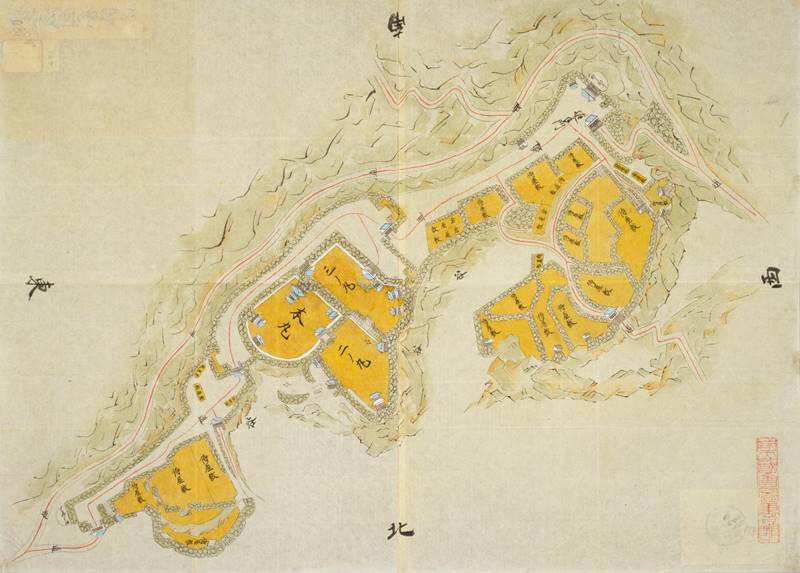
Collected by the Inagaki family, the Toba Daimyō from the mid-Edo period to the Meiji Restoration, as materials for military studies. There are about 350 illustrations, but there is no uniformity because only illustrations of castles, illustrations including castle towns, and old battlefield illustrations are mixed.
Another typical example of a castle picture in the Edo period is "The Shōhō Shiroezu", picture of the castle and castle town that the Edo Shogunate ordered the daimyō to create and submit,aggregating military information such as the buildings inside the castle, the height of the stone wall, the width of the moat and the water depth, etc., it also details the location and shape of the castle town and the mountain river.
Profile : Oka Castle Ruins
| Location | Takeda City, Ōita Prefecture |
| Also known as | Gagyū Castle, Bungo Takeda Castle |
| Type of castle | Mountaintop |
| Mountain's name | Mt. Tenjinyama |
| Elevation | 325m |
| Condition | Ruins only |
| Designation | National Historic Sites |
| Year built | 1185 |
| Abolished | 1871 |
| Castle lord | Ogata Koreyoshi |
| Refurbishment lord | Nakagawa Hideshige |
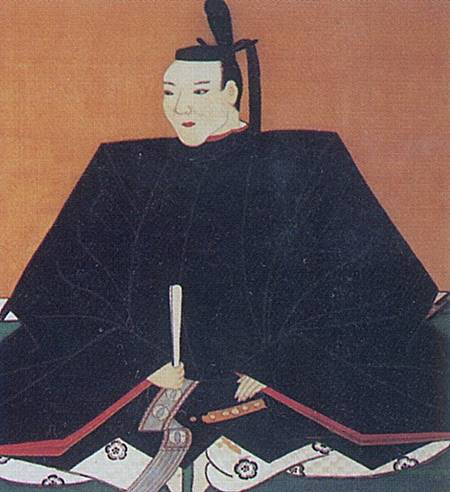

The family crest was originally created from the pattern that the emperor and the royal family put on the kimono, and the pattern was made into a fixed pattern, and the one attached to his own oxcart is said to be the beginning of the family crest. The warlords drew large crests on the flag-fingers, used to distinguish enemy views on the battlefield, and used by the generals to determine which warlords were active and how much.
Oka Castle admission
admission fee : 300yen (over high school students) 150yen (junior high and elementary school students)
admission time : am9-pm5
closing period : Decenber 31- January 3 reference official site (japanese)
Oka Castle Google Map
Oka Castle Images
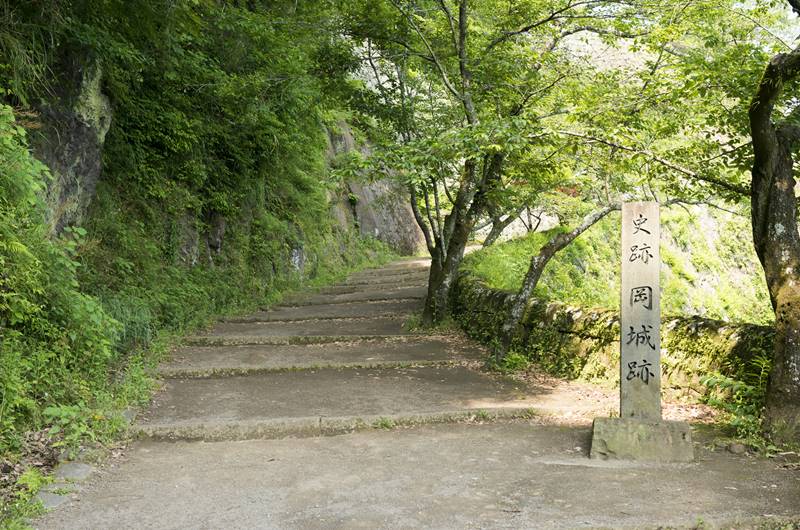

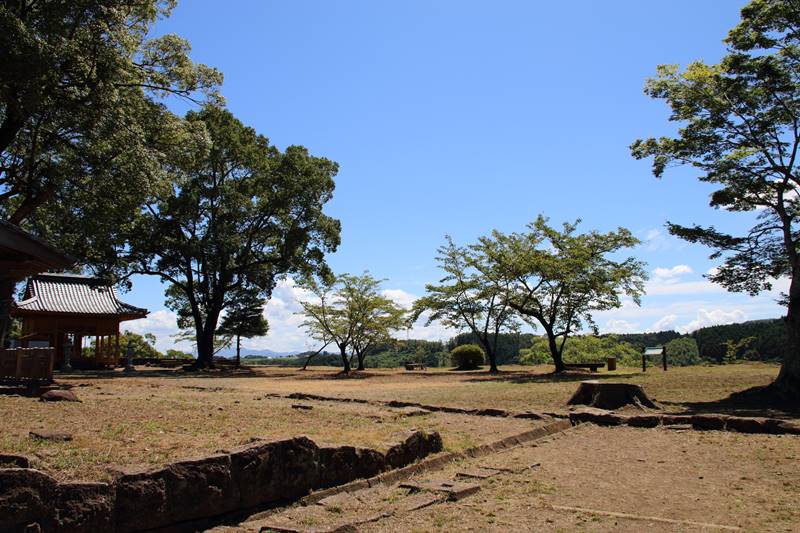
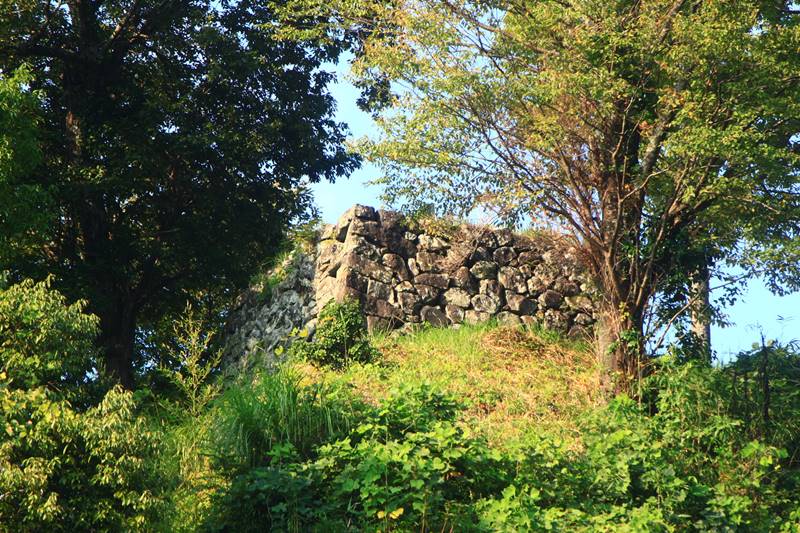
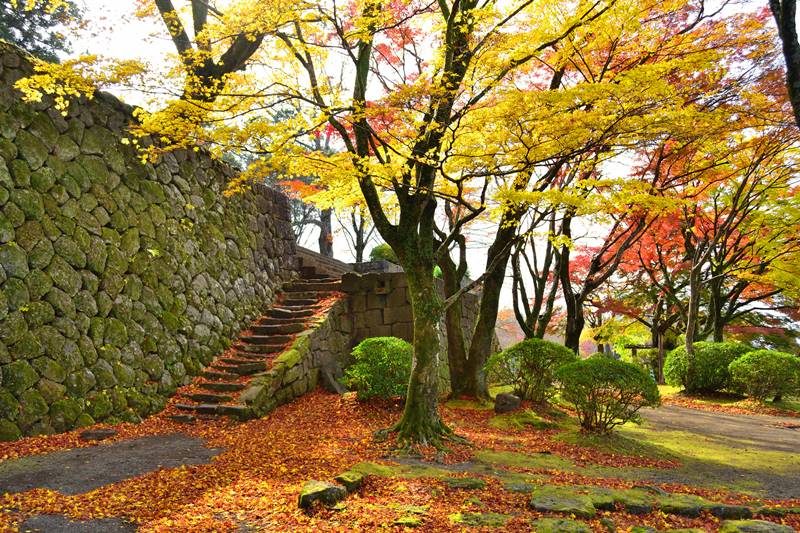
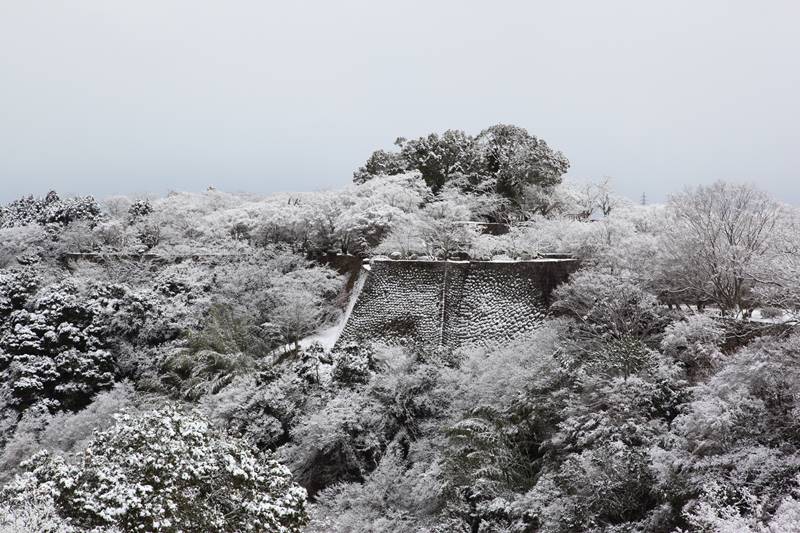
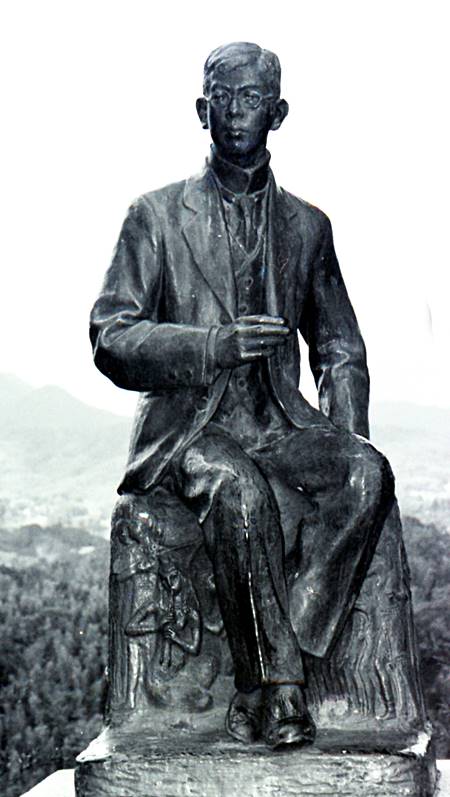
A famous Japanese composer from the Meiji era, the widely known song of masterpiece "Kōjō no Tsuki" (a scenery under the moon at desolated castle) is said to have been created on the theme of Oka Castle.
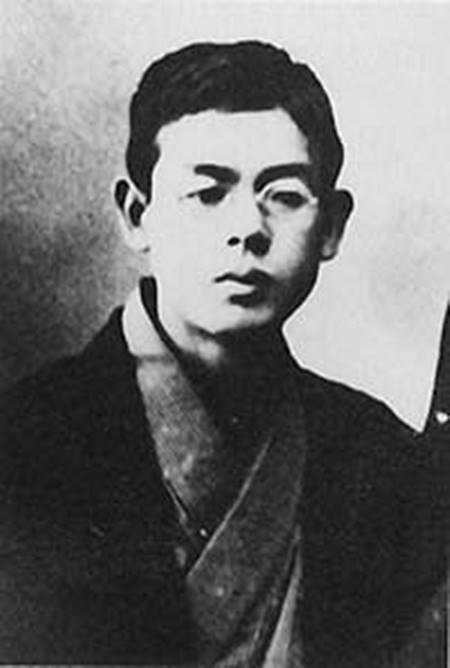
Link : Japanese seven most great stone wall
【north japan】Kanazawa Castle 【west japan】Takatori Castle 【west japan】Takeda Castle 【west japan】marugame Castle 【west japan】Kumamoto Castle 【central japan】 Iwamura Castle 【west japan】Oka Castle
